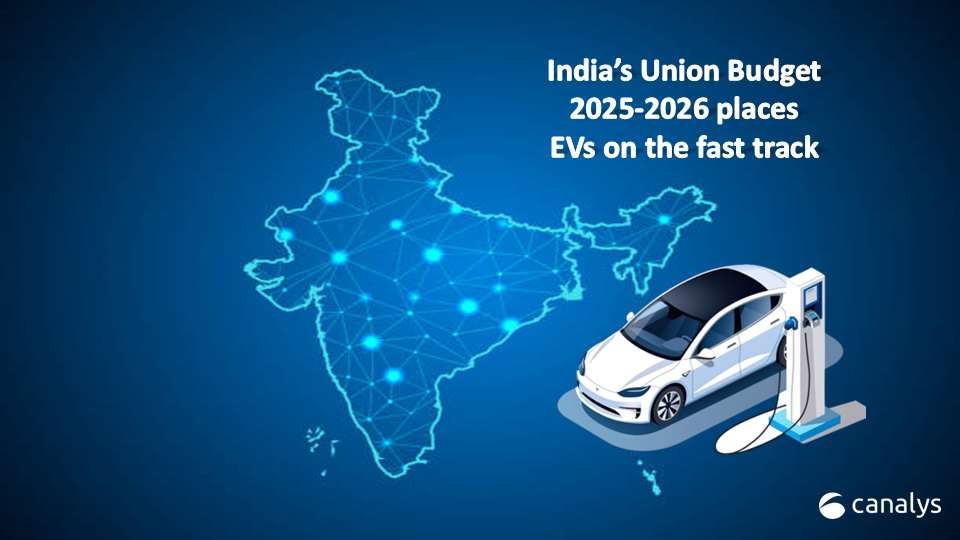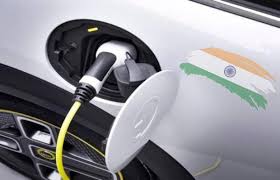Key highlights
- India is projected to become one of the largest EV markets globally by 2030, with a market size of over $113 billion.
- Government initiatives like FAME II and PM E-Drive are driving EV adoption and infrastructure development.
- Domestic manufacturing and advancements in battery technology are key factors in India’s EV growth.
India is on track to emerge as a global leader in the electric vehicle (EV) market by 2030, driven by ambitious government policies, technological advancements, and growing consumer demand. With a projected market size of over $113 billion, India is set to revolutionize its transportation landscape, making EVs a cornerstone of sustainable mobility.
Current EV position in India
The Indian government has been instrumental in accelerating EV adoption through initiatives like the Faster Adoption and Manufacturing of Hybrid and Electric Vehicles (FAME II) scheme. With a budgetary outlay of INR 10,000 crore, FAME II incentivizes the purchase of electric two-wheelers, three-wheelers, and buses, while also supporting the development of charging infrastructure. Additionally, the PM E-Drive program has allocated INR 3,679 crore to reduce the upfront costs of EVs, encouraging wider adoption among consumers.
How could India become an EV giant?
India aims to achieve 30% EV penetration in private cars, 70% in commercial vehicles, and 80% in two-wheelers and three-wheelers by 2030. This ambitious target translates to approximately 80 million EVs on Indian roads, supported by the establishment of 1.32 million charging stations nationwide.

Domestic manufacturing is another key driver of India’s EV growth. The ‘Make in India’ initiative has positioned the country as a cost-effective manufacturing hub, with production costs 10–25% lower than in Europe and Latin America. Companies like Hyundai and Tata Motors are investing heavily in EV production and battery assembly, further bolstering India’s capabilities.
New battery technology
Advancements in battery technology are addressing consumer concerns around range anxiety and charging times. Solid-state lithium-ion batteries, with higher energy densities and faster charging capabilities, are emerging as game-changers in the electric vehicle space. These innovations are making EVs more accessible and appealing to a broader audience.
India’s EV journey is also fueled by rising environmental awareness and the economic burden of fluctuating fuel prices. Consumers are increasingly viewing electric vehicles as a cleaner and cost-effective alternative to traditional vehicles, driving demand across urban and rural markets.
Alos read: You could lose your driving licence if you don’t pay your e-challan


